An Urban Explorer's Guide To Finding & Exploring Secret Bunkers
By Matt Scofield
February 19, 2020
February 19, 2020
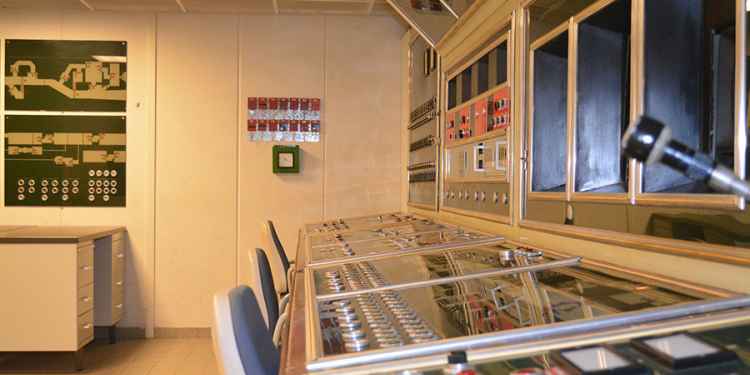
Photo: pixabay.com

Photo: pixabay.com
This page is more than five years old.
I've been fascinated by secret underground bunkers for 20 years or more, I've been lucky enough to have visited some of the most secure underground hideouts in the country and have researched hundreds of sites across the UK.
Bunker exploration is a subset of urban exploration, a closely related past time which involves exploring and photographing decaying and forgotten man-made structures. Bunker exploration focuses on man-made and man-used underground spaces, and therefore shouldn't be confused with the hobbies spelunking, caving or potholing, which focus on natural cave systems.
In this guide to bunker exploration I will share some of the techniques that urban explorers use to find bunkers and underground structures, tips on how to safely gain access and advice on staying safe and making the most of your time underground.
Bunkers are generally categorised by their usage. For example an artillery bunker for defending weapons and ammunition against enemy fire. Industrial bunkers, which house data storage and underground control centres. Personal bunkers are generally constructed within a house. Munitions bunkers are used to store high explosives in order to prevent and contain any potential blasts.
However in the world of bunker exploration, explorers categorise the locations they visit based on its method of construction. This is because the bunkers are usually now abandoned, so their most recent use is of less importance when you consider that bunkers often go through several different uses during their lifetime and often start out as something completely different.
Urban explorers tend to recognise and even discover bunkers to explore based on the following traits.
Purpose Built
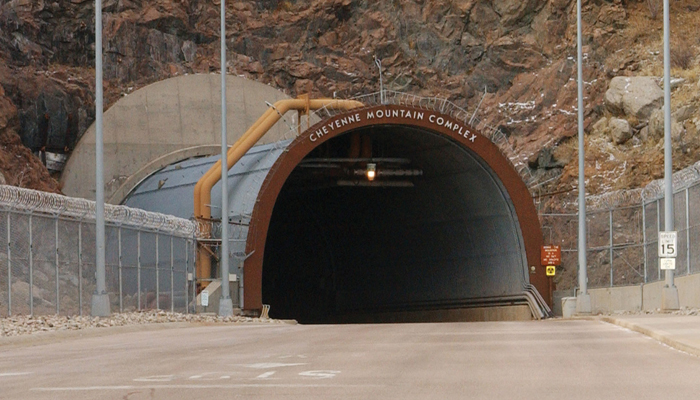
Photo: norad.mil
Purpose built bunkers are generally either semi-sunk concrete reinforced blockhouses, facilities constructed just below the surface of the ground using a technique called "cut and cover", or a network of chambers and tunnels excavated underground or within a hill or mountain. Essentially, purpose built bunkers are holes in the ground that didn't exist before the bunker was constructed. They can range from being partially above ground through to being fully subterranean deep-level shelters.
One of the most famous purpose built bunkers is the Cheyenne Mountain Complex, a US military bunker built into the side of a mountain near Colorado Springs. Building a bunker from scratch costs a lot of money. The Cheyenne Mountain Complex cost about $140 million back in the 1960s, that's around or $1 billion in today's money.
Re-Purposed
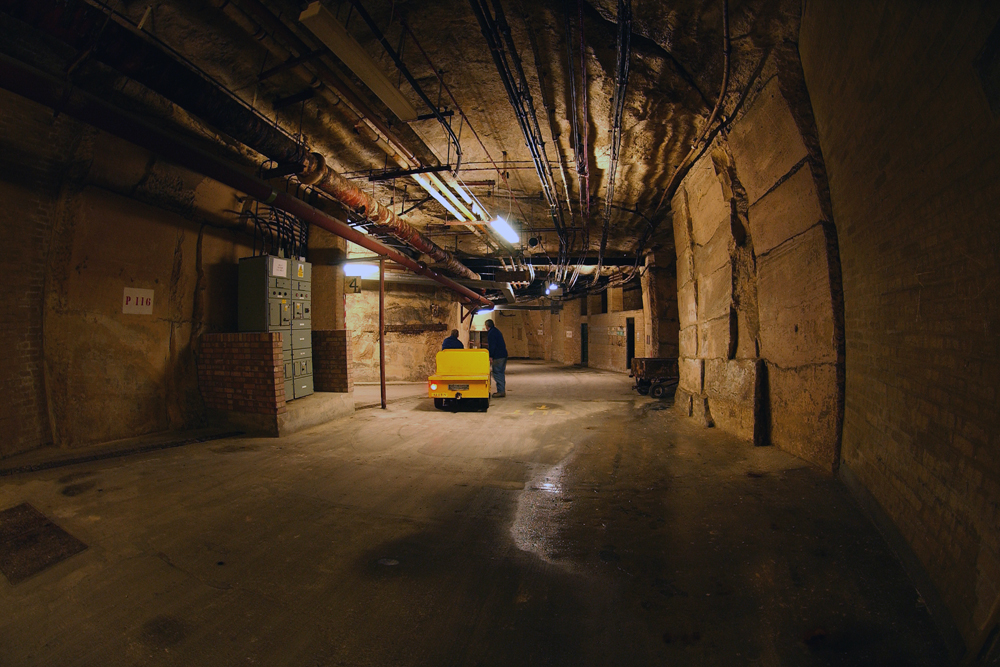
Photo: Crown Copyright
A cheaper option than building a bunker from scratch is to re-purpose an existing underground space. Most commonly this is cave networks or underground mines or quarries, which are converted into secure underground locations. This technique was widely used in Wiltshire in the run up to the two World Wars and the Cold War.
Several former stone quarries were converted in to huge underground ammunition stores, subterranean aircraft factories and armed forces command centres. These type of bunkers are most prevalent in Wiltshire, but similar structures built within similar underground spaces exist all around the world.
One of the most impressive examples of this type of facility is the mammoth Burlington bunker in Corsham. It's less of an underground bunker and more like a subterranean city, its tunnels and roadways seem to stretch endlessly and the whole complex is constructed in a former stone quarry.
Advertisement ‐ Content Continues Below.
Hidden Bunkers
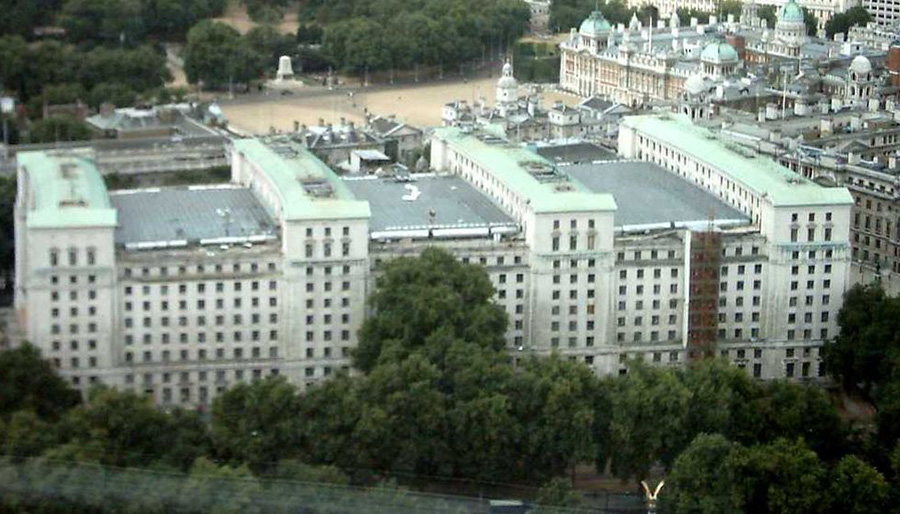
Photo: London Eye
Another method of bunker building is to construct the facility under or within a building. This can mean building a hardened network of chambers in the building's foundations at the same time the building is being constructed, or an existing basement is retrofitted, hardened and converted into a bunker. In Switzerland, there is an unusually large number of this sort of bunker because of a law requiring protective shelters to be constructed for all new buildings since 1963.
The most famous examples of bunkers of this kind are in central London. The British's government's PINDAR bunker was constructed in the 1990s beneath the Ministry of Defence headquarters on Whitehall and includes COBRA, Cabinet Office Briefing Room A.
Just across the road is Winston Churchill's Cabinet War Rooms, built in a reinforced basement beneath the treasury building. The bunker is now one of London's most famous tourist attractions.
Nuclear Bunkers

Nuclear bunkers can be constructed in any of the three previously mentioned methods, but they tend to have very distinctive design elements, characteristics and, because they are more modern having been built during the Cold War, tend to be in better condition and have more interesting features.
Nuclear bunkers were still being constructed in the UK as far into the Cold War as the early-90s. They are constructed to a much more robust standard of engineering compared to older wartime bunkers as they needed to be able to offer blast protection and protect their inhabitants from the dangers of radioactive fallout.
Because nuclear bunkers were kept on standby until the late-80s and early-90s, they are generally still in very good condition and the specific details of their uses are better documented. A great example of this is the Hack Green nuclear bunker in Nantwich, Cheshire. It is now open to the public as a museum, which perfectly demonstrates how interesting bunkers of it era are. It's packed full of broadcast, monitoring and survival equipment from the era and the purpose of every room in the two-level bunker is understood.
How To Spot A Bunker
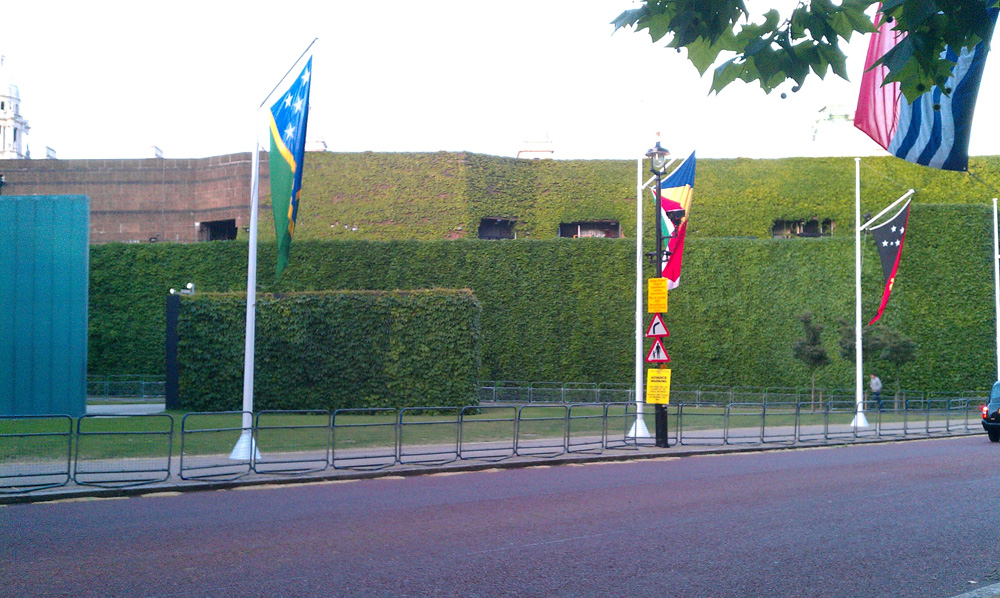
If you're reading this page then you probably already have some interest in secret bunkers, perhaps you've been driving a long and noticed a suspicious looking mound of grass in an otherwise flat area at the roadside or a hardened basement-level door in the side of a local building. But how can you find out what's behind these doors?
If the door is in the side of a building then there's no easy way to find out. The door could be a fire exit from a lower level of the building or even access to underground services. Many cities have underground electrical substations for example.
There may still be a few telltale signs. Obviously a bunker won't have any windows, so if there are none at the same level as the door, then this may indicate a shelter of some kind.
You should also look for ventilation, a bunker will almost always have independent air ventilation and filtrations systems, separate from the rest of the building. This will likely be more than small vents on the wall and is more likely to be large ventilation ducts or standalone air vents popping up out of the ground near the door.
Even after discovering air vents and a lack of windows, it's still going to be very hard to determine what's behind the door. You may need to find out who owns the building. If it is owned by the government or a local council then it is possible they have some kind of shelter under their offices. This might also be the case if the building is occupied by the emergency services or utility providers, such as gas, water and electric companies.
It's a long shot, but step back and take a look at the building's roof. You might find that if there is a bunker hidden below the building that there is some sort of communications array on the roof. The purpose of most bunkers is to maintain the smooth running of the country in the event of a disaster, and this requires good communications access.
Fortunately, other types of bunkers are easier to spot. Any purpose built bunker will normally have a very visible and very bunker like entrance. The entrance to any underground space which has been re-purposed will also look distinctly bunker-like, but still these can be hard to spot and other less exciting entrances can look like bunkers.
A lot of bunkers are semi-sunk, meaning that they are built in a hole in the ground but their upper level or levels are housed in a steel reinforced concrete mass above ground level. One such fortress can be found right in the middle of busy central London on Horse Guards Parade. Despite the fact it's so visible and imposing, most tourists and locals walk past the huge structure without questioning what's inside it.
This type of bunker is very easy to spot, the massive concrete block will have no windows and no doors apart from one huge metal blast door. There's often usually large vents on the side of the building and many bunkers of this type will have a small communications mast near by or on its roof.
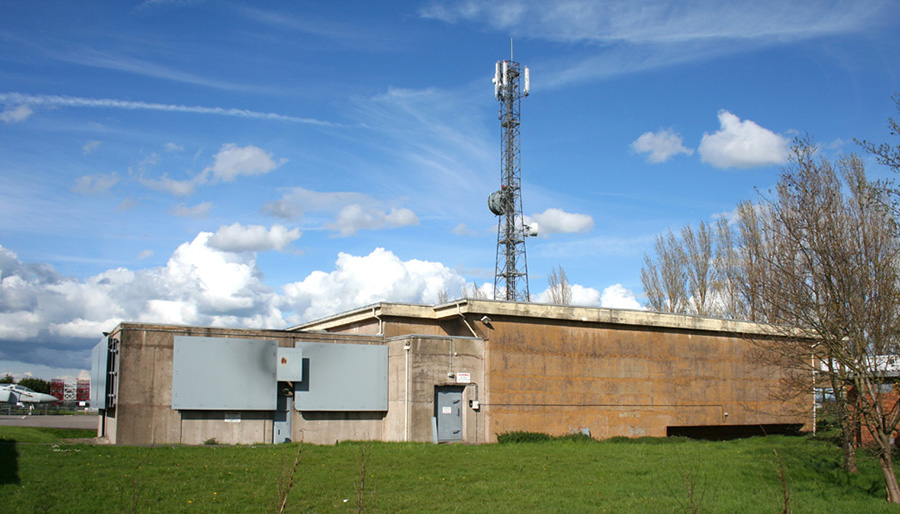
Bunkers which are entirely subterranean have equally as identifiable surface features, but there are other structures that can be mistaken for bunkers.
When it comes to getting into an underground hideout, there's only three options...
Adit - a horizontal or almost horizontal entrance into the ground. This is probably the most obvious type of entrance. If you see a doorway leading into the side of a mountain or hill, then there's clearly something underground there. Although, it could be nothing more than an underground water reservoir, which does look very bunker like.
Slope shaft - an inclined entrance consisting of a doorway leading to steps that descend down to bunker level. This sort of entrance can be quite hard to spot, but when you stumble across one it's pretty obvious what it is. You'll normally see a door on the side of a small mound or building. The opposite side of the building will slope off into the ground, which clearly indicates that all that's behind the door is a tunnel into the ground.
Vertical shaft - a shaft which goes straight down into the ground to provide access to the underground facility. This will normally contain an elevator but could also house a spiral staircase or access for pipes and services, such as electricity, water and telecoms. A vertical shaft can also be hard to spot, but if you're on ground level and there's a lift that goes down, you know there's something interesting below you.
Advertisement ‐ Content Continues Below.
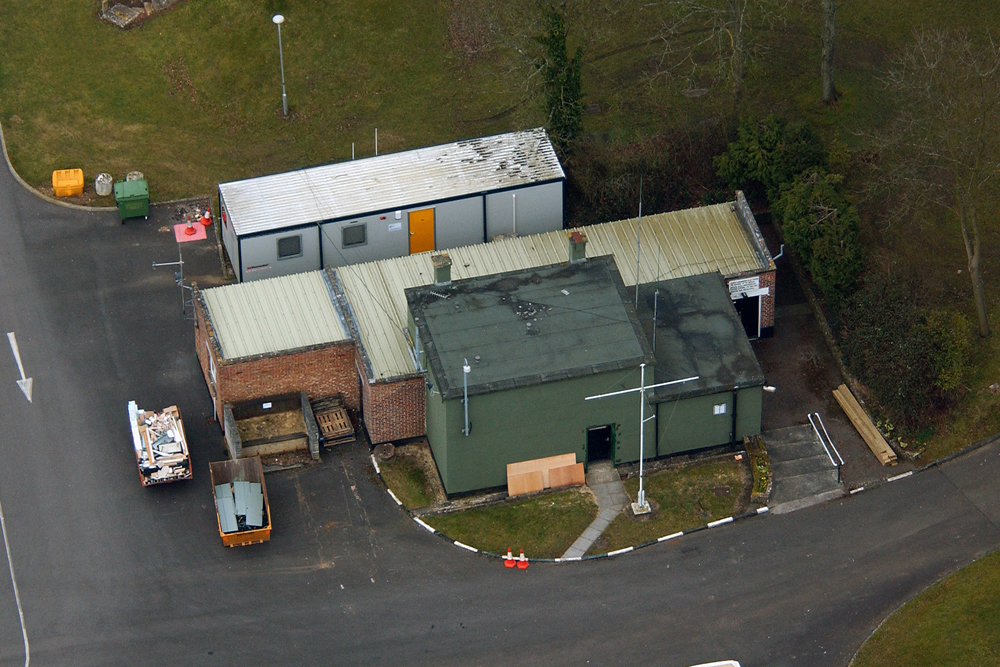
Photo: Crown Copyright
The photo above shows a small building on the corner of Westwells Road and Park Lane in Corsham, but this small, single-storey building houses a lift shaft which provides access into part of the Ministry of Defence's underground complex. In the photo below is another such building less than a mile away and much more discreet. This innocuous building on White Ennox Lane houses a stairwell, which spirals 30 meters down. The stairs were a designated emergency exit from an underground aircraft factory and also provided an access point for services such as gas and electric.
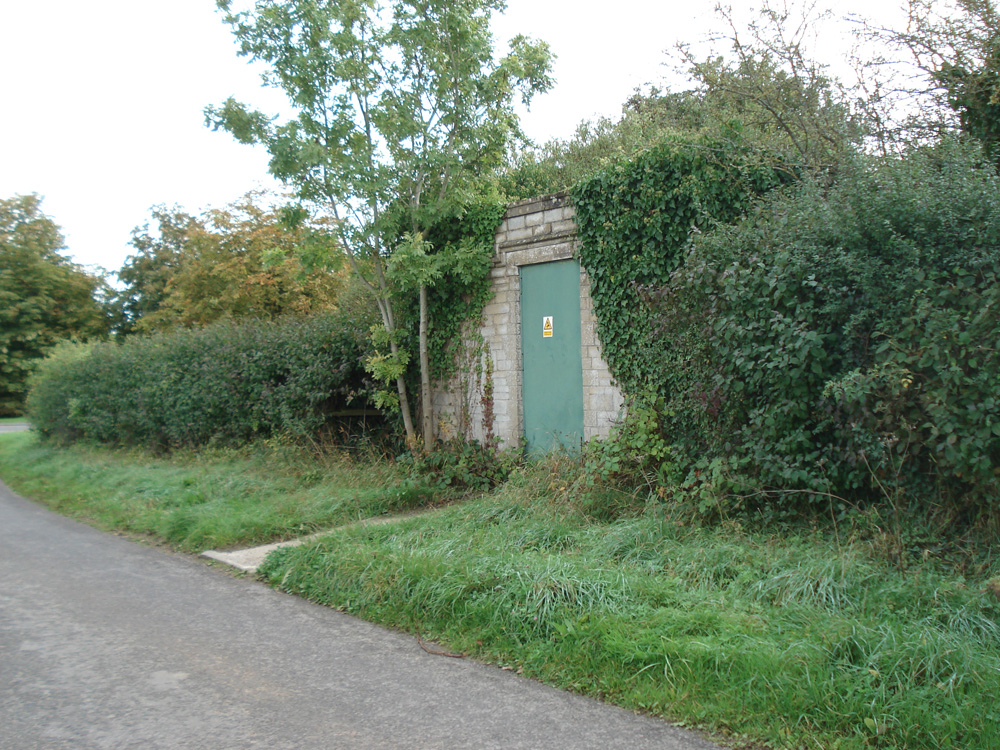
Not all bunker entrances are as obvious as these, many were designed to be hidden from the aircraft flying overhead in wartime Britain, in more recent times they are hidden from the prying eyes of satellites and reconnaissance drones. The entrance to the Cold War bunker at Kelvedon Hatch is hidden in a small, rural cottage. A slope shaft leads from the cottage into the bunker, which is situated behind the building. There are very few signs that a bunker exists there, apart from one of those common giveaways, that being a huge broadcast tower above the hideout marking its location.
Gaining Access To A Bunker
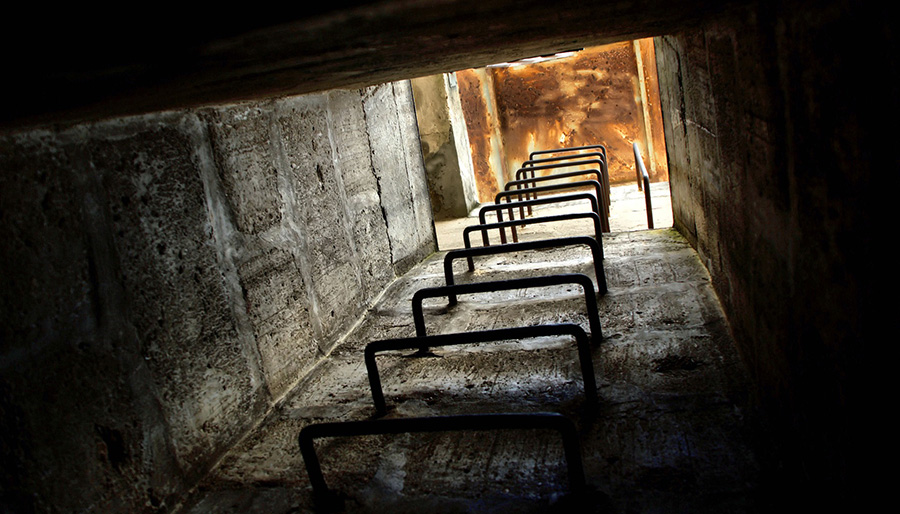
Photo: pixabay.com
If you're lucky, you might stumble across a bunker with its doors flapping wide open in the wind. This was often the case a decade or so ago before the surge in urban explorers visiting and often damaging locations. Unfortunately most of the time you're going to come face to face with an entrance that has been bricked up, welded shut or locked. When a blast door is locked, you're not getting in.
But don't give up hope, the front door isn't always the only way in. Many bunkers have emergency exits, often in the form of a vertical shaft with a ladder in it. Even if the main entrance is sealed, these emergency exits can sometimes be left unsecured, but might take a bit more effort to hunt down. Emergency exits can be as discreet as a manhole cover in the ground, so it's a good idea to conduct a thorough search of the area.
Another possible, but less likely, infiltration point is via a bunker's ventilation system, which is sometimes large enough to enter into. Obviously you don't want to crawl into a ventilation duct, but the vents might give you access to a plant room.
Many wartime bunkers have been abandoned and forgotten, but some have new uses and owners who actively secure the facility. It goes without saying that you should never attempt to enter a bunker by force. It's an arrestable offence to commit criminal damage getting onto land or into a building.
It should be noted that if you manage to enter without causing any damage then you are still trespassing, and while this isn't a criminal offence, it could still land you in hot water. Trespass onto land or entering a building without permission is a civil matter and is nothing to do with the police, but the land owner or a security guard can use reasonable force to remove you. If you refuse to leave then this could escalate to a case of aggravated trespass and the police can then get involved.
If you know that the bunker has a current owner who takes an active interest in the property, then your best chance of getting a look around is to contact them. You can do this by calling, writing to or emailing the individual and politely asking permission for a tour or look around, but remember they are under no obligation to say yes and there is no real benefit for them to let you look around.
When asking you should tell them why you want access, for example you could say you are interested in the history of the bunker and that you research similar properties. Do all you can to convince the owner that you are sensible, responsible and will arrive with the correct kit and sensible footwear, this will assure them that you're not likely to be involved in an accident while on their property.
If you plan to take photographs or videos of the bunker then be clear about this up front and offer to share your footage with them. Having a professional photographer or videographer document the property for them might be the sweetener that convinces the owner to let you in.
If you are part of a caving group or organisation such as Subterranean Britannica the be sure to mention this when making your request. Being a member of a club often shows a level of responsibility and an affiliation with a group can open doors. Some caving clubs and groups also give their members public liability insurance as part of their memberships, this would help protect the owner against legal costs if something should happen to you while on their property.
Exploring Safely
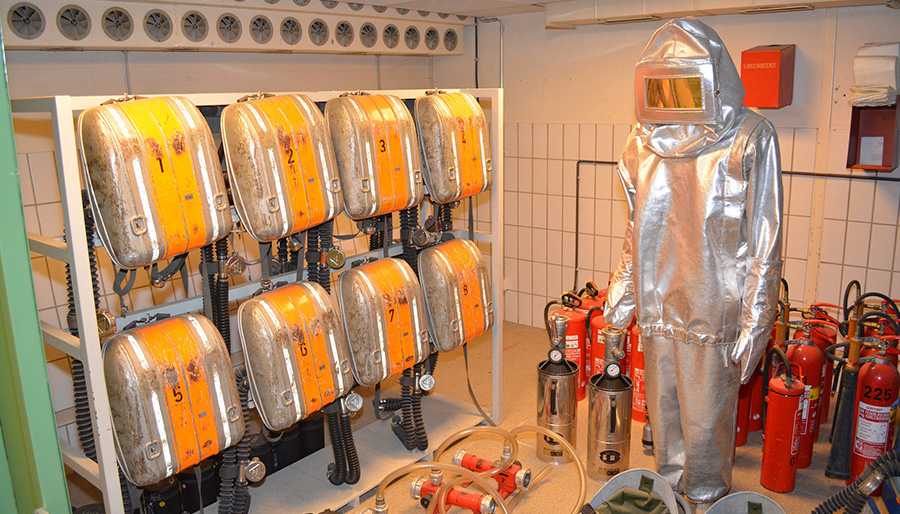
Photo: pixabay.com
Sometimes the public can be kept out of bunkers for very good reasons. There are many hazards in underground spaces, especially in old abandoned locations. Any subterranean location should be visited with great care and appropriate preparation. In places the roof can be extremely unstable and floors maybe structurally weak. You might encounter sheer drops and given the age of many of these locations, asbestos was often used in the construction. So you need to be aware of carcinogenic asbestos dust and poisonous lead paint dust in the air.
Like abandoned buildings above ground, bunkers are susceptible to mould and some moulds and funguses reproduce by releasing tiny spores into the air. These spores are so small that they have to be magnified hundreds of times before we can even see them. About one in five people are allergic to mould spores, but even those who aren't allergic may be at risk, some species of mould contain a toxic compound called mycotoxins.
These toxins can cause symptoms including headaches, fatigue, coughing and sneezing, and is very dangerous for asthma sufferers. Some moulds and funguses can trigger significant mental or neurological symptoms.
It goes without saying, an abandoned bunker is dark and the absence of light dramatically increases the risk of an accident, plus it can often be easy to get lost in the maze of passages if you're not armed with a map or plan of the complex.
In order to guarantee your safety, never visit a bunker alone, avoid places where the roof or floor is obviously unsound and make sure you have the correct equipment and are wearing suitable clothing, including sensible and sturdy footwear.
The most important piece of kit is a torch, which is essential in a dark environment, but don't rely on just one. Every member of your group should have their own flashlight or headlight, ideally both and it's sensible to take a backup light with you too.
A torch is really important, so don't cheap out when you buy one, get the best you can afford. I can personally recommend the Olight S1R Baton II, which is by far the best torch on the market at the moment. It is a little pricey, but it is worth every penny. It's great quality, strong and durable and the turbo brightness setting is incredibly bright, amazing given the tiny size of the torch. It also has a "moonlight" mode, which is offers a low but adequate light which would be sufficient to find your way out of a bunker, in this mode the battery lasts for up to eight days.
If you visit a bunker then treat it with respect, these places are an incredible part of our country's history. As the commonly used phrase goes "take only pictures and leave only footprints".
Take Only Pictures

Photo: pixabay.com
Many bunker explorers now do embark on exploration in order to photograph it or film their experience for YouTube, but this is easier said than done in a dark environment and you're probably going to need some specialist kit.
If you're walking around and filming as you go, then you'll probably want a camera with some kind of stabilisation. You may be considering something like the new DJI Osmo Pocket. The Osmo is a great little gadget, and although it's fairly good in low light levels, it doesn't have any night vision capabilities. So, while it's great for urban exploration, it's not really ideal for bunker explorations in the dark.
The better option is to get a digital SLR camera that's good at shooting video and has infrared night vision. You can then mount the camera on a gimbal in order to stabilise your footage as you walk. If you're going to mount the camera then you'll need to ensure it's a mirrorless DSLR, which makes it lighter and smaller.
The best mirrorless night vision cameras on the market at the moment are the Sony Alpha a7S II and the Sony Alpha a6500, which can both be used with a Zhiyun Crane for stabilisation.
Unfortunately, this kit will set you back at least £2,000, but there are cheaper options, although you may need to go without image stabilisation. You can pick up a basic night vision camcorder on Amazon for under £200, that shoots in 4K at 60fps in full night vision.
Where To Start
If you feel you're ready to enter the exciting world of bunker exploration, then you're going to need to find a friend or group of friends to go exploring with you and you'll need to find your first location. You could start by checking out our list of secret bunkers or by taking a drive through your local area and looking for any suspicious looking structures. You might also want to take to Google to search for any bunkers in your area or check out one of the many online forums dedicated to underground and urban exploration.
If you want to seriously get in to exploring bunkers, then it is recommended that you join a specialist society or caving club which would be able to organise official and safe visits.
© Crown Copyright Notice: Images on this page are reproduced with the permission of the Controller of His Majesty’s Stationery Office.
Further Reading
Dive into the world of the paranormal and unexplained with books by Higgypop creator and writer Steve Higgins.

Demystifying The Oracle
A balanced look at Ouija boards, exploring whether they are toys, tools, or dangerous occult devices.
Buy Now
Whispers From The Other Side
A guide to capturing and analysing EVPs for ghost hunters of all levels, covering techniques and theories.
Buy NowMore Like This
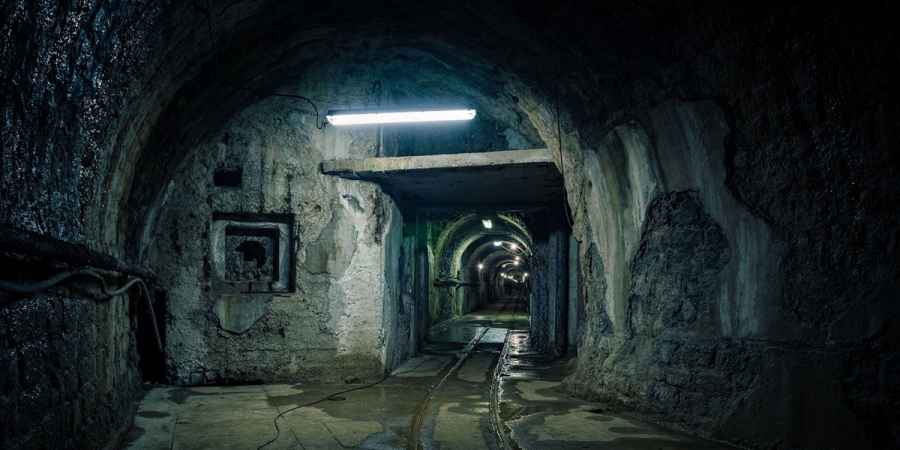
UndergroundMay 31, 2024
Dulce Base: The Secret Bunker That Doesn't Exist
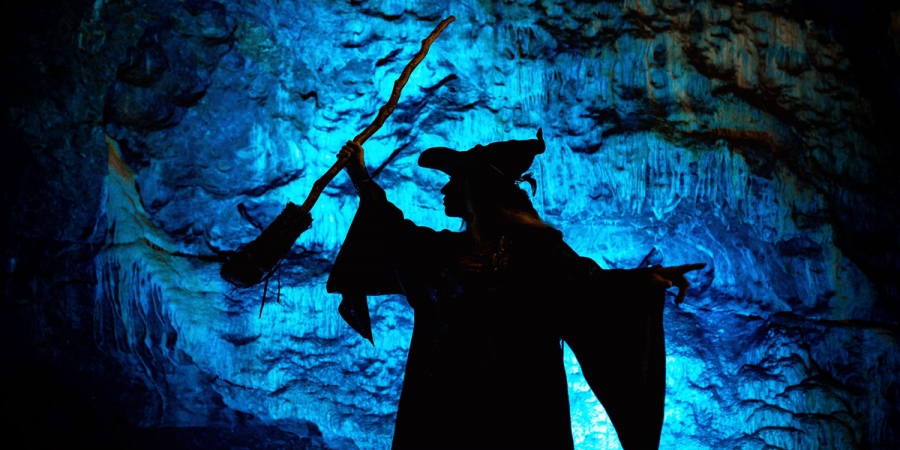
ParanormalOctober 23, 2023
In The Witch's Lair: A Torch-Lit Journey Through Wookey Hole Caves

UndergroundApril 09, 2023
Supernatural Subterranea: Paranormal Tales From Dark & Forgotten Places
 See More on Audible
See More on Audible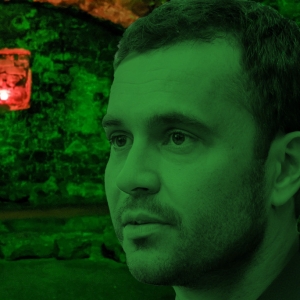
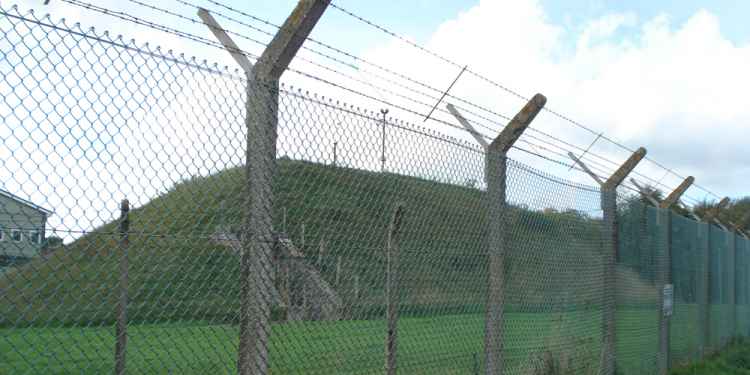

Comments
Want To Join The Conversation?
Sign in or create an account to leave a comment.
Sign In
Create Account
Account Settings
Be the first to comment.